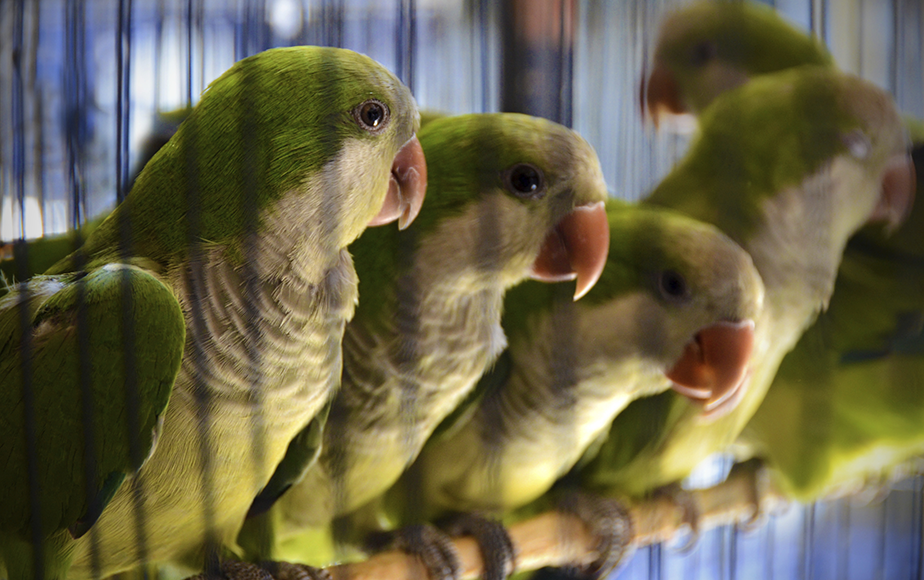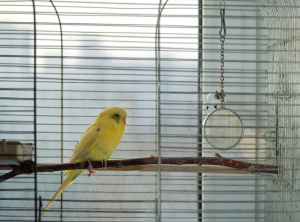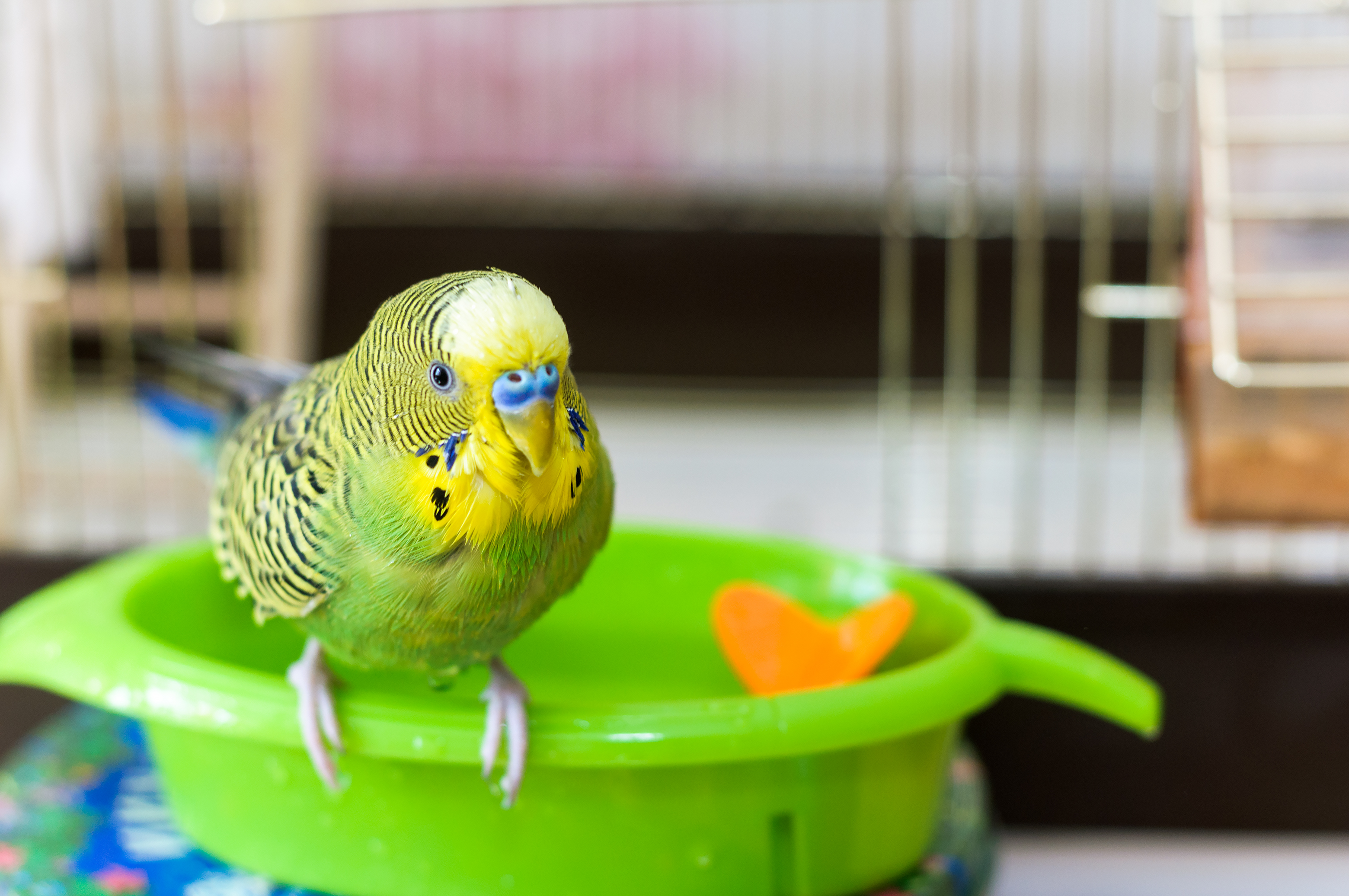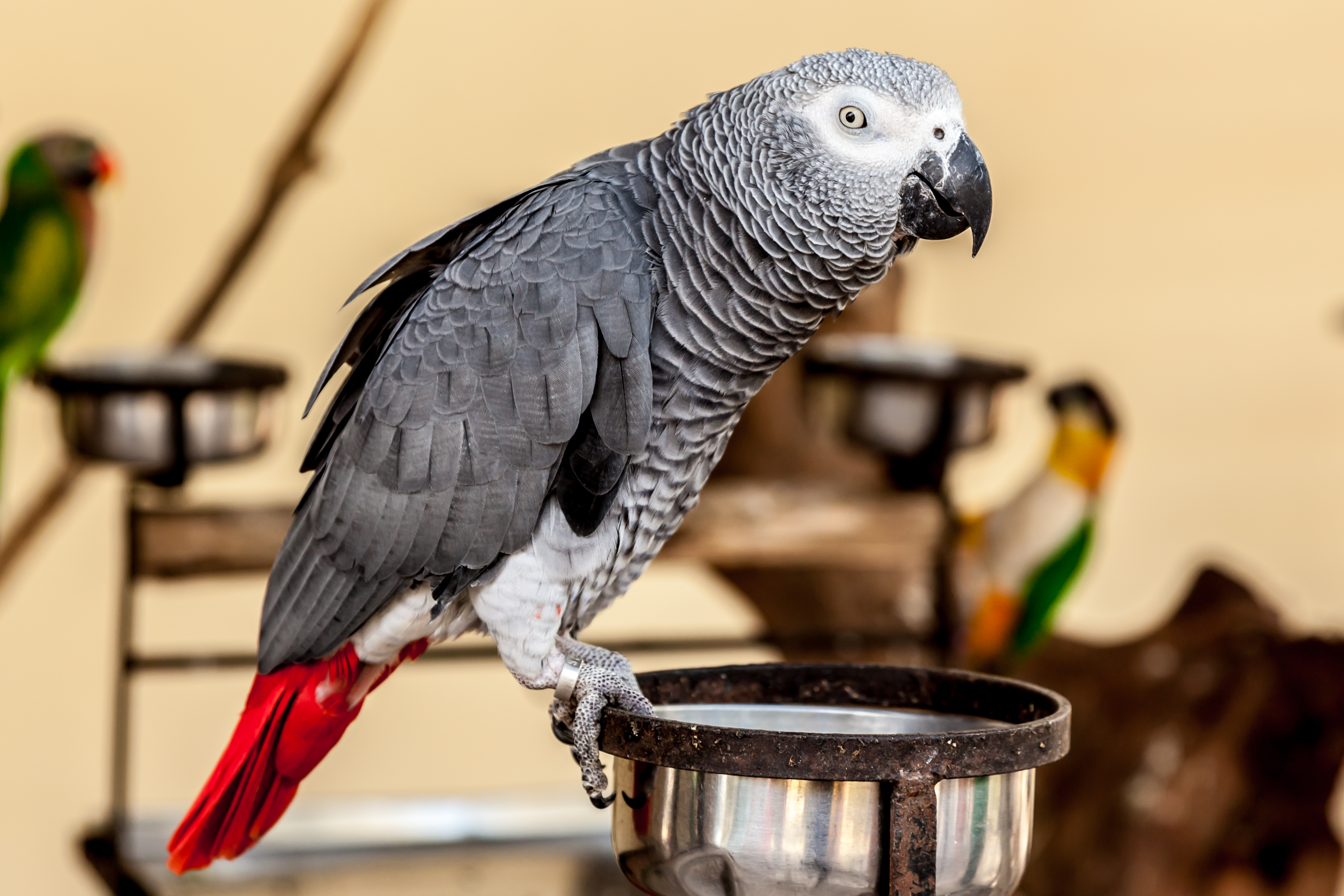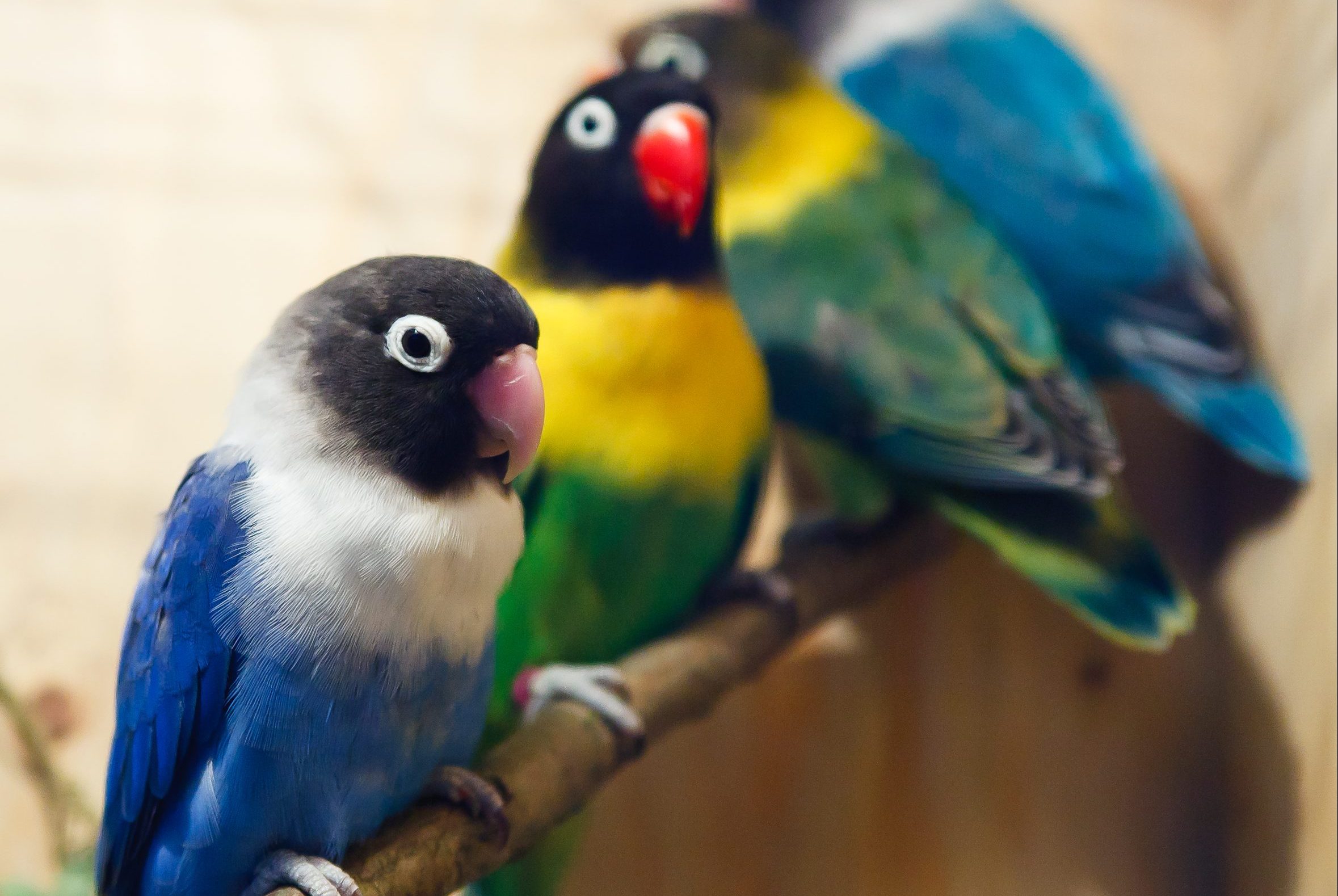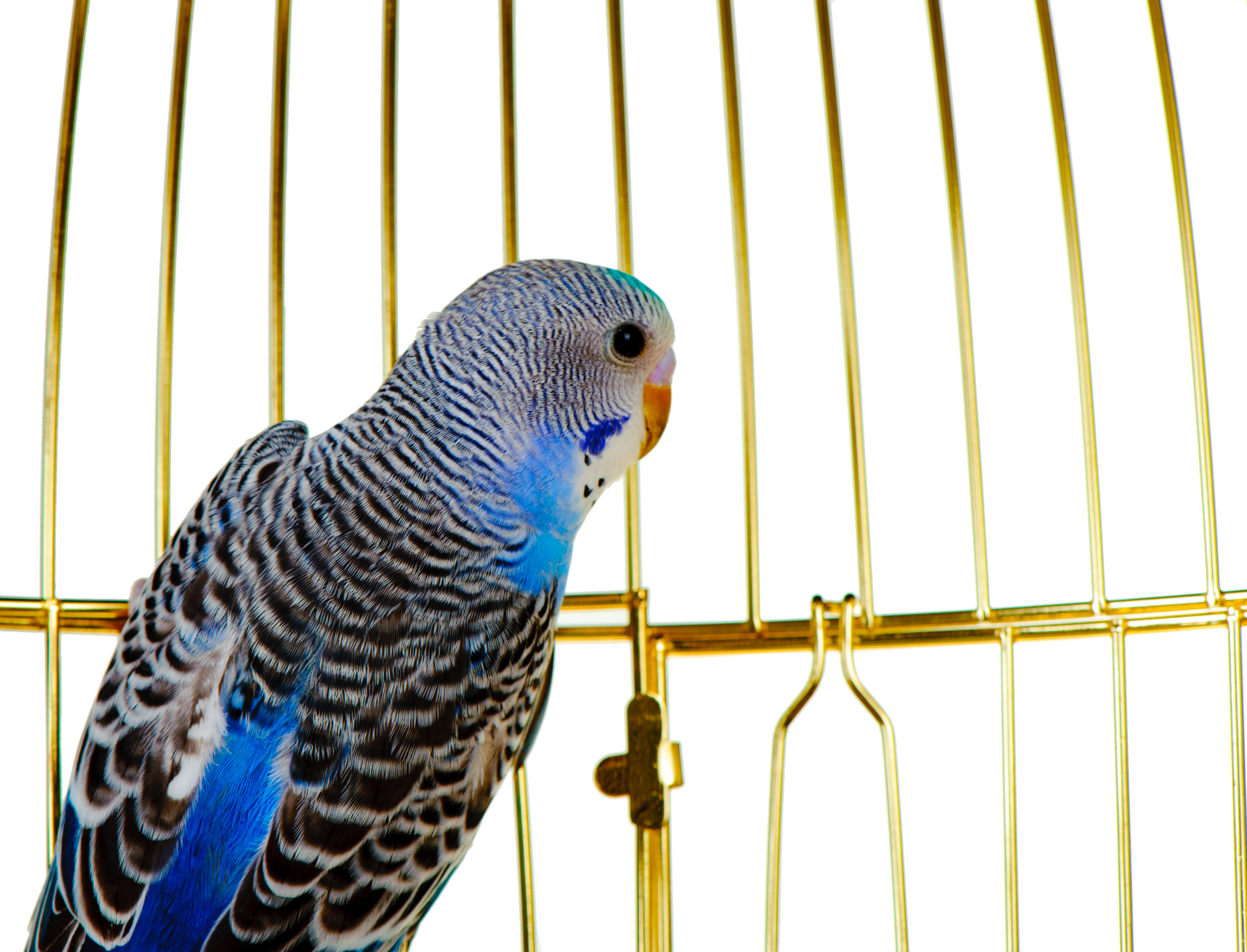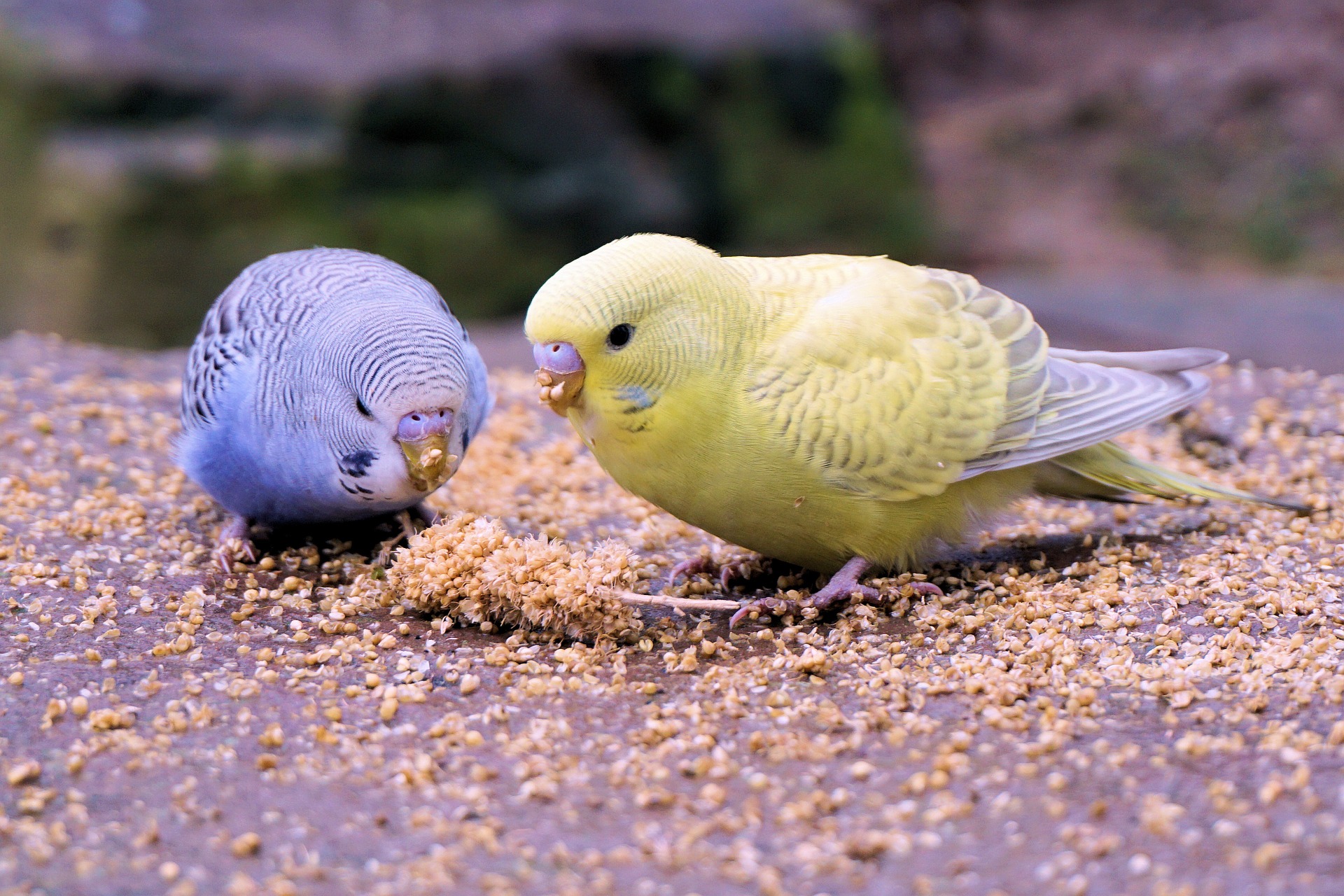Cage Appropriate
Erik J. Martin //March 1, 2016//
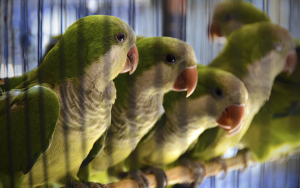 They are not likely to reinvent the wheel anytime soon—just as they are not likely to completely revamp the tried-and-true design behind most bird cages, which continue to come in conventional rectangular and/or curvilinear shapes.
They are not likely to reinvent the wheel anytime soon—just as they are not likely to completely revamp the tried-and-true design behind most bird cages, which continue to come in conventional rectangular and/or curvilinear shapes.
But the good news for pet owners and retailers seeking more diversity in this space is that the humdrum bird box habitat has gone the way of the Dodo. Larger sizes, greater compatibility with fun and user-friendly accessories, attractive colors, textures and materials, and ease-of-cleaning amenities are among the features that manufacturers are including in their products in recent years.
Walk the Walk-in
Bigger—without being overwhelming—has been a focus lately, according to Mary Wyld, owner of Wyld’s Wingdom, a Norfolk, Va.-based pet bird supplies distributor. Wyld says that, when it comes to cages, bigger is better for most species.
“Indoor walk-in cages have traditionally been too large for many homes, but we are seeing smaller versions of walk-in cages, which afford the bird more room than the standard large cages,” Wyld said. “They can more easily be accommodated into the human living environment, and they prove to be great enhanced living arrangements for these intelligent creatures.”
For example, A&E Cage Company offers a medium-sized walk-in aviary (79 inches by 85 inches by 61 inches), Cages by Design makes a 5 by 7.5-foot Suncatcher Sectional Bird Aviary, and Cheek’s Custom Cages has a 4-foot hexagon-shaped model. Depending on your square footage, you may be able to fit these and other smaller walk-ins into your retail footprint.
Overnight Sensation
Another trend building greater momentum is providing two types of enclosures: regular-sized day cages and smaller cages for night-time sleeping. As parrot owners are probably aware, many parrot species that are single cage-dwelling pets often become cage-bound or territorial as they approach adulthood, viewing their sole habitat as a nesting site. Consequently, the instinct to protect takes over.
“The benefit of having a night cage is to help prevent hormonally driven attitudes that become challenging for owners,” said Melanie K. Allen, avian product specialist with Rolf C. Hagen (USA) Corp. in Mansfield, Mass. “This is especially noteworthy when spring arrives and our feathered companions often display new attitudes, like excessive screaming or aggressive behavior.”
A night/sleep cage should be a bit smaller than a traditional day cage, contain only food/water dishes and comfortable perches (no toys allowed) and offer the bird total security for a good night’s sleep.
“The day cage should be the place for all of the toys and enrichment foods and provide a versatile environment to ward off undesirable behavior associated with hormonal overdrive,” Allen added.
For instance, a good combo to recommend for a small conure could be Hagen’s Living World Sol Bird Cage (24.4 x 19.9 x 21.3 inches) as a day cage and Living World’s Volare Bird Cage (17.1 x 19.7 x 22 inches) as a sleep cage.
While it’s hardly a recent development, the movement to provide out-of-cage playtime remains hot, as evidenced by more cages and related products designed to increase exercise and exploration beyond the bars.
Case in point: Pets International-Kaytee offers a variety of activity centers—including the EZ Care Activity Center Playground—providing small to large species of birds with an exercise platform and a safe place to play outside the enclosure.
“These are win-win products,” said Jason Casto, director of Pets International-Kaytee, Schaumburg, Ill. “The birds win by having fun and healthy exercise and enrichment playtime outside of the cage, and retailers win because they have the opportunity to sell an additional play stand type product in addition to the cage.”
Additionally, cages with tops that provide open play areas or removable activity centers—such as YML’s Square Playtop Cage and A&E Cage Company’s brand new Open Victorian Top cage—continue to be popular.
Worth a Look
While major innovation in this segment is rare, new products that inspire “oohs” and “ahhs” continue to hit the market with some regularity. For example, Companion Habitats recently rolled out its fresh Signature line of cages, including its Island Viewer that is ideal for displaying multiple birds in your store with enhanced visibility via a 79-inch enclosure with transparent walls and a top-ventilated design.
Meanwhile, Prevue Pet recently announced two new noteworthy items. Its value-minded Copacabana Bird Cage is for smaller species, and sports a hexagonal shape and finial hook for hanging, all in a compact package available in blue, green, yellow, gray/brown or light blue. The elegant Dynasty Bird Cage has sturdy stainless steel construction, an embossed decorative design around the roof cap and base and an embellished finial.
Retailing Tips
Showcasing an assortment of aviary habitats throughout your bird section—including hanging types, models on floor casters, portable/traveling cages, activity centers, corner cages and indoor walk-ins—is a wise way to get customers’ attention and also merchandise your livestock for sale. Just remember to regularly:
• Rotate and reposition your stock and setups, giving needed emphasis to the newest products.
• Clean live cages thoroughly to demonstrate your compassion for the animals and attention to cleanliness.
• Encourage customers to interact with cage products and handle birds inside/outside your display cages, when this is appropriate.
